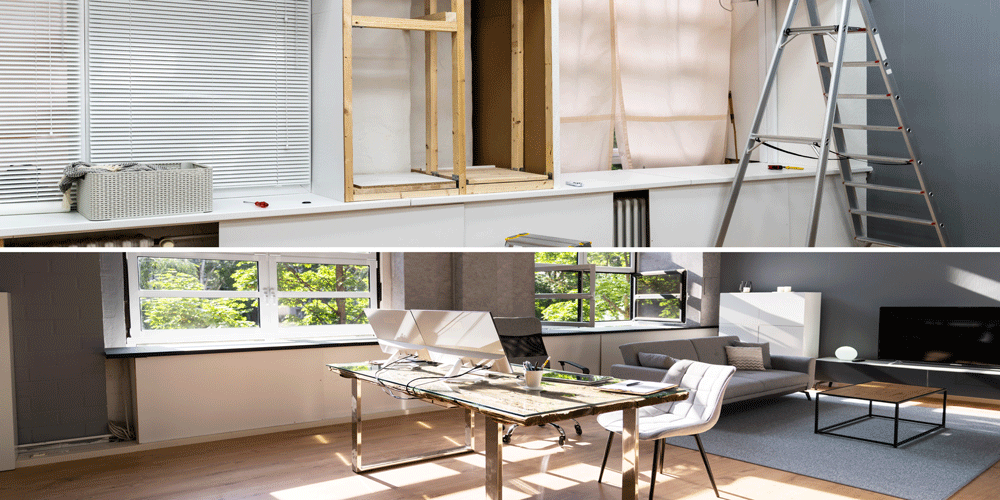Introduction: Renovating an older property can be an exciting and rewarding experience. It offers the opportunity to breathe new life into a home with a rich history while preserving its unique character. However, it can also present its own set of challenges.
Here we will explore some essential steps to consider when renovating an older property, ensuring a successful transformation that respects the past while embracing modernity.
- Research and Planning: Before diving into any renovation project, it is crucial to conduct thorough research on the property’s history and architectural style. Understand the era in which it was built, the original materials used, and any historical significance. This information will help guide your design decisions and maintain the property’s authenticity.
- Building Inspection: Engage a professional building inspector to assess the overall condition of the property. They will identify any structural issues, outdated electrical or plumbing systems, or potential hazards. This inspection will provide a clear picture of the work required, allowing you to prioritize and budget accordingly.
- Create a Detailed Renovation Plan: Develop a comprehensive renovation plan that outlines your goals, budget, and timeline. Consider which areas require immediate attention, such as repairing the roof, updating electrical systems, or addressing plumbing concerns. Dividing the project into smaller, manageable phases will help you stay organized and focused.
- Preserve and Restore: One of the primary objectives when renovating an older property is to preserve its original features and charm. Assess which elements can be restored rather than replaced. This might include intricate moldings, original hardwood floors, or decorative fixtures. Consult experts in restoration techniques to ensure proper preservation.
- Modernize with Sensitivity: While preserving the historical integrity of the property is essential, modernizing it for contemporary living is also necessary. Upgrade outdated systems, such as electrical wiring, plumbing, and insulation, to meet current safety and efficiency standards. Integrate modern amenities while maintaining a balance with the property’s traditional aesthetics.
- Sustainable and Eco-Friendly Considerations: Take advantage of the renovation process to incorporate sustainable and eco-friendly features. Install energy-efficient appliances, LED lighting, and low-flow plumbing fixtures. Consider utilizing recycled materials and renewable energy sources to reduce the property’s environmental impact.
- Engage Skilled Professionals: Older properties often require specialized expertise to ensure the renovation is executed flawlessly. Engage experienced architects, contractors, and craftsmen who have a track record in preserving and renovating historical properties. Their knowledge and attention to detail will contribute significantly to the success of your project.
- Obtain Necessary Permits and Permissions: Depending on your location and the property’s status, you may need to obtain permits or permissions from local authorities or historical preservation societies. Familiarize yourself with the legal requirements and seek guidance to ensure compliance throughout the renovation process.
- Budget and Contingency Planning: Older properties can present unexpected surprises during renovations. Allocate a budget for unforeseen circumstances and factor in a contingency plan. This financial cushion will provide peace of mind and flexibility in handling any unexpected issues that may arise.
- Attention to Detail: The devil is in the details, particularly when renovating an older property. Pay attention to the finishing touches, such as period-appropriate fixtures, hardware, and paint colors. Maintain consistency and authenticity throughout the design process to create a cohesive and visually appealing end result.
Renovating an older property is a labor of love, combining preservation and modernization to create a harmonious blend of the past and present. With careful planning, attention to detail, and the involvement of skilled professionals, you can transform an aging property into a stunning home that honors its history while providing modern comfort and functionality. Embrace the journey, and enjoy the process of uncovering the hidden beauty within an older property.
